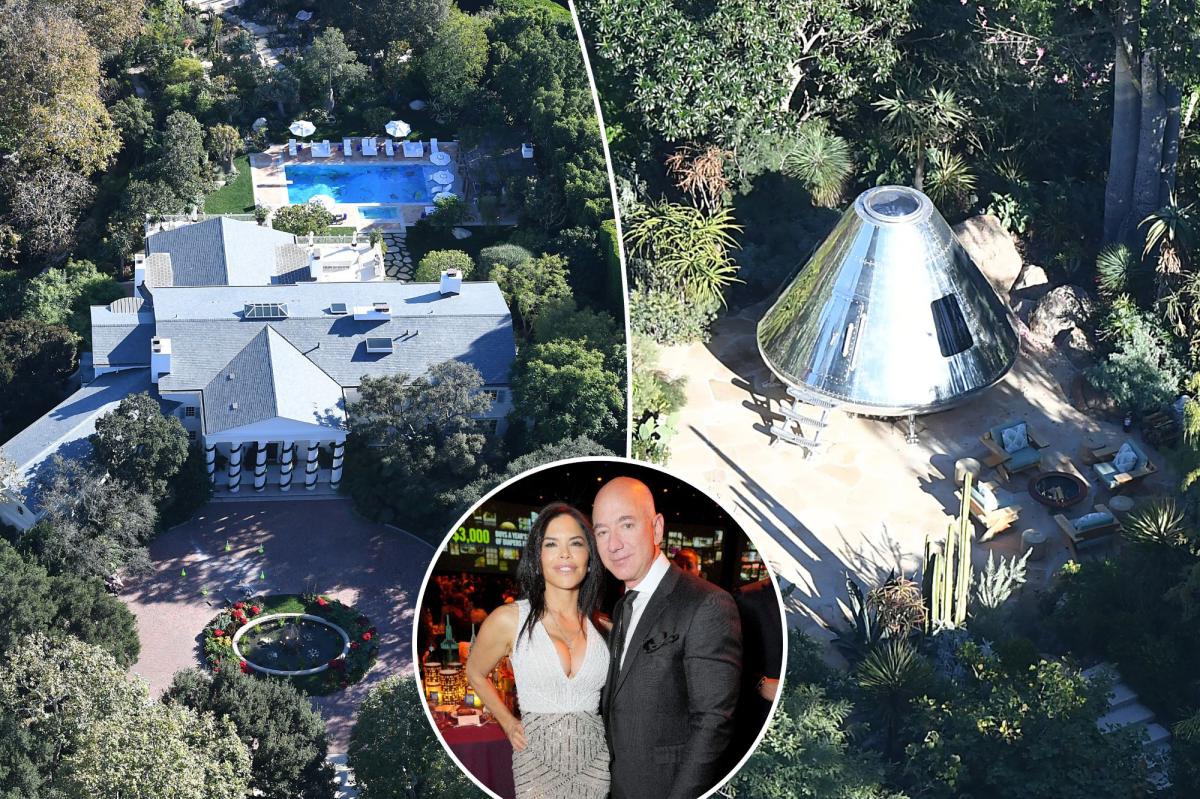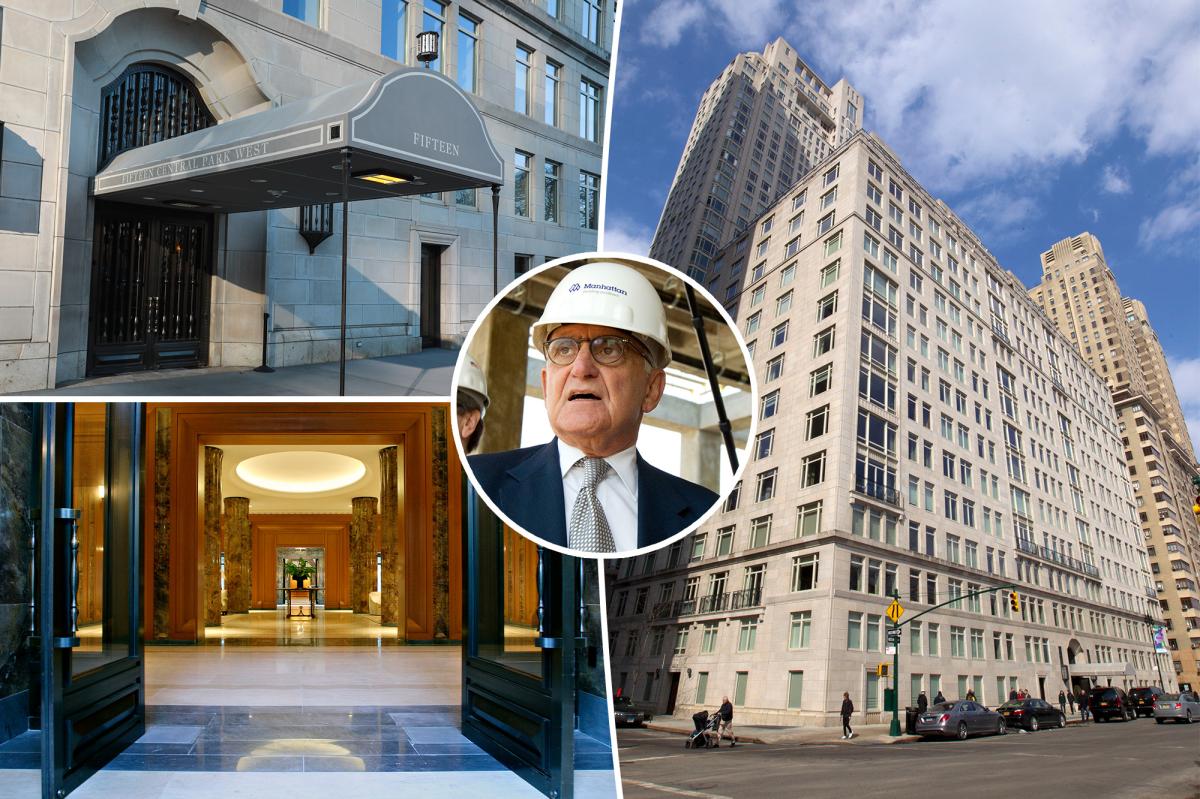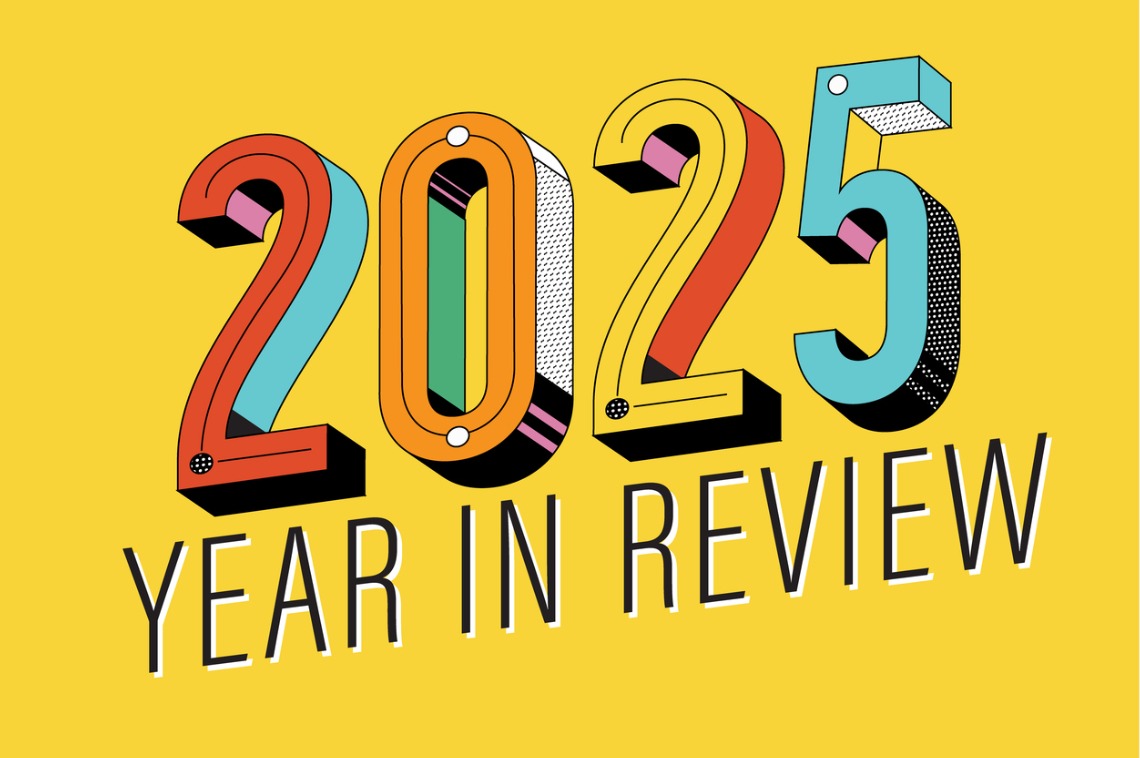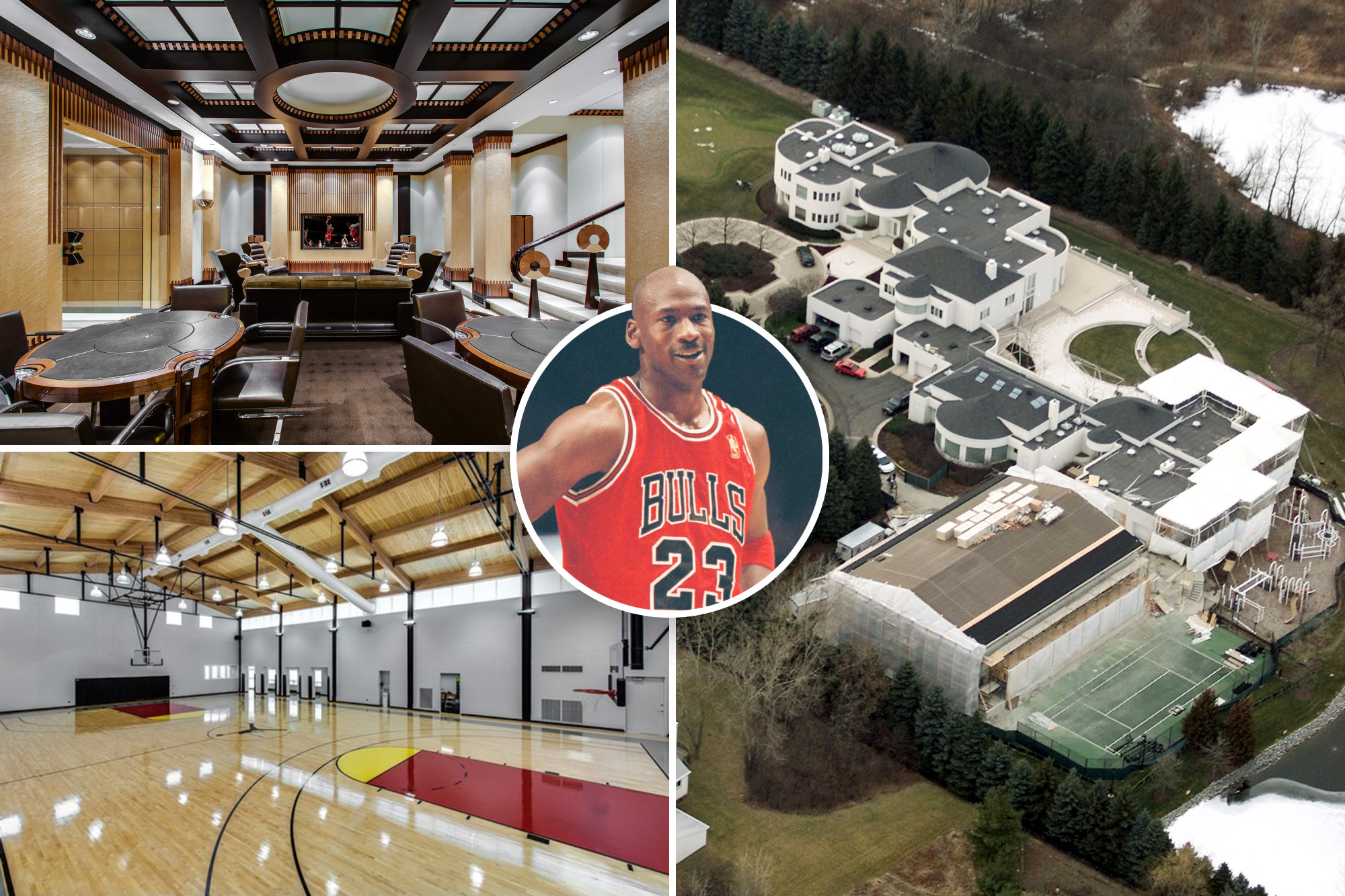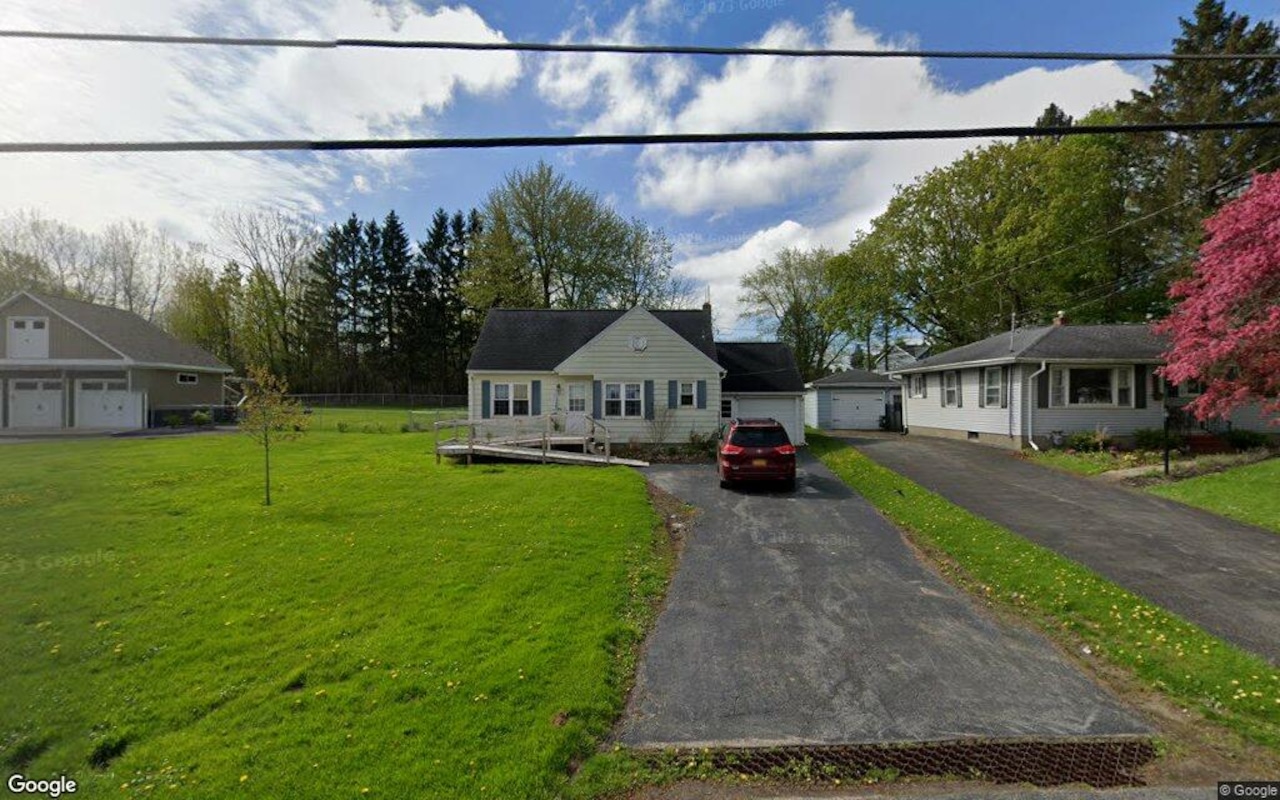T
he "lock-in effect" that keeps homeowners with low interest rates from selling and buying another property with higher rates is not unique to Bay Area residential markets but is prevalent across the U.S. This phenomenon is particularly evident in the San Francisco and San Jose metro markets where homeowners enjoy some of the lowest average mortgage rates in the country.
The gap between a current 30-year fixed mortgage rate of around 7 percent and the historically low run that ended with the U.S. Federal Reserve's hikes two years ago has significantly impacted the U.S. residential market overall, as reported by the San Francisco Chronicle. This has resulted in a decrease of approximately 1.3 million home sales with fixed mortgages from mid-2022 through 2023 compared to what would have occurred in the era of rates in the range of 3 percent to 4 percent, according to an analysis by the Federal Housing Finance Agency.
In local markets, the numbers are quite striking: there were 20,000 fewer sales in San Francisco and 9,000 fewer in San Jose. The federal agency's study considered a San Francisco metro market that included Oakland and Fremont, finding it had one of the lowest average mortgage rates for homeowners at 3.56 percent. This is roughly half the current 7.17 percent average rate a homebuyer would get, resulting in a gap of 3.61 percentage points - the highest in the U.S.
The second biggest gap creating a lock-in effect was observed in the San Jose metro market at 3.68 percentage points. This phenomenon has been a factor in both markets for some time - the study found that homeowners in the San Francisco and San Jose metro markets also had the lowest average rates at the end of 2023.
The impact of several percentage points is magnified by the relatively high prices for homes in the Bay Area. A homeowner with a home priced around the average in the San Francisco metro market who has a fixed-rate mortgage around 3 percent would pay about $1,100 more a month in borrowing costs in the current range. San Jose topped San Francisco in this regard, with the added cost of higher interest rates coming to around $1,200 a month, according to the study.


